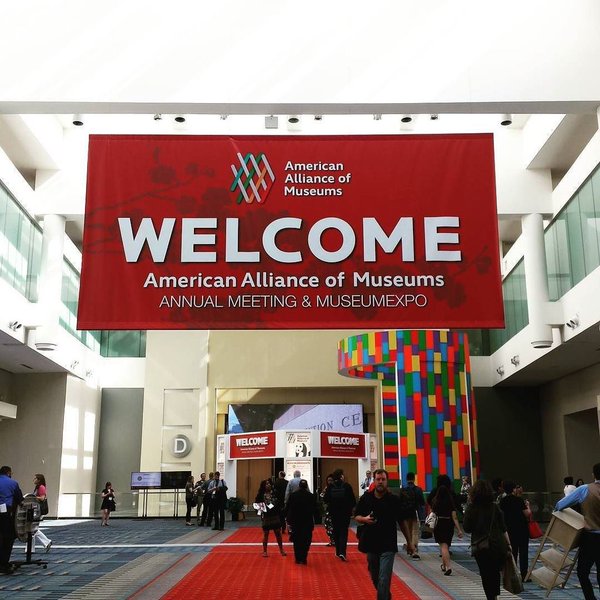#AAM2016 Follow Up & @PICGreen SEA Awards
 Here is a recap of the PIC Green Events at AAM 2016 Conference and Expo. First, all the events and sessions were an overwhelming success! So, it shows there is a definite growing interest to learn how to make your institution more sustainable.
Here is a recap of the PIC Green Events at AAM 2016 Conference and Expo. First, all the events and sessions were an overwhelming success! So, it shows there is a definite growing interest to learn how to make your institution more sustainable.
We had the following sessions:
1. Energy Efficient Cold Storage
2. Future Choices – Best Practices for Profession
3. Environmental Sustainability – Power, Influence and Responsibility
4. Stages of Sustainability
5. Sustainability Sins
 Our winners for the SEA (Sustainability Excellence Awards) for the following categories: Facilities, Programs and Exhibits were as follows:
Our winners for the SEA (Sustainability Excellence Awards) for the following categories: Facilities, Programs and Exhibits were as follows:
- Large Museums, Facilities: Exploratorium Pier 15/17, San Francisco, CA
- Small Museum, Facilities: The Walter Anderson Museum of Art, Ocean Springs, MN
- Large Museum, Programs: Peggy Notebaert Nature Museum, Chicago Academy of Sciences, Chicago, IL
- Large Museum, Exhibits: San Diego Natural History Museum, San Diego, CA
- Honorable Mentions, Exhibits: DesertSol at Springs Preserve, NV
- Honorable Mentions, Programs: PROBEA, Smart Schools, Baja Peninsula, CA
 And the field trip to the US Botanic Garden was educational and bursting with sustainable initiatives, we even received our very own instruction manual for teaching. Check out the Sustainable SITES Initiative!
And the field trip to the US Botanic Garden was educational and bursting with sustainable initiatives, we even received our very own instruction manual for teaching. Check out the Sustainable SITES Initiative!
The Expo had a few highlights, but I have to mention the Virtual Reality Booth by SimWave Consulting in Canada. If you are an interactive museum, then you are going to want to keep an eye on their technology.
And a huge thank you to the Natural History Museum for letting us use their booth and partnering up in many ways moving forward!
Until next year in St. Louis…..keep up the green momentum!



